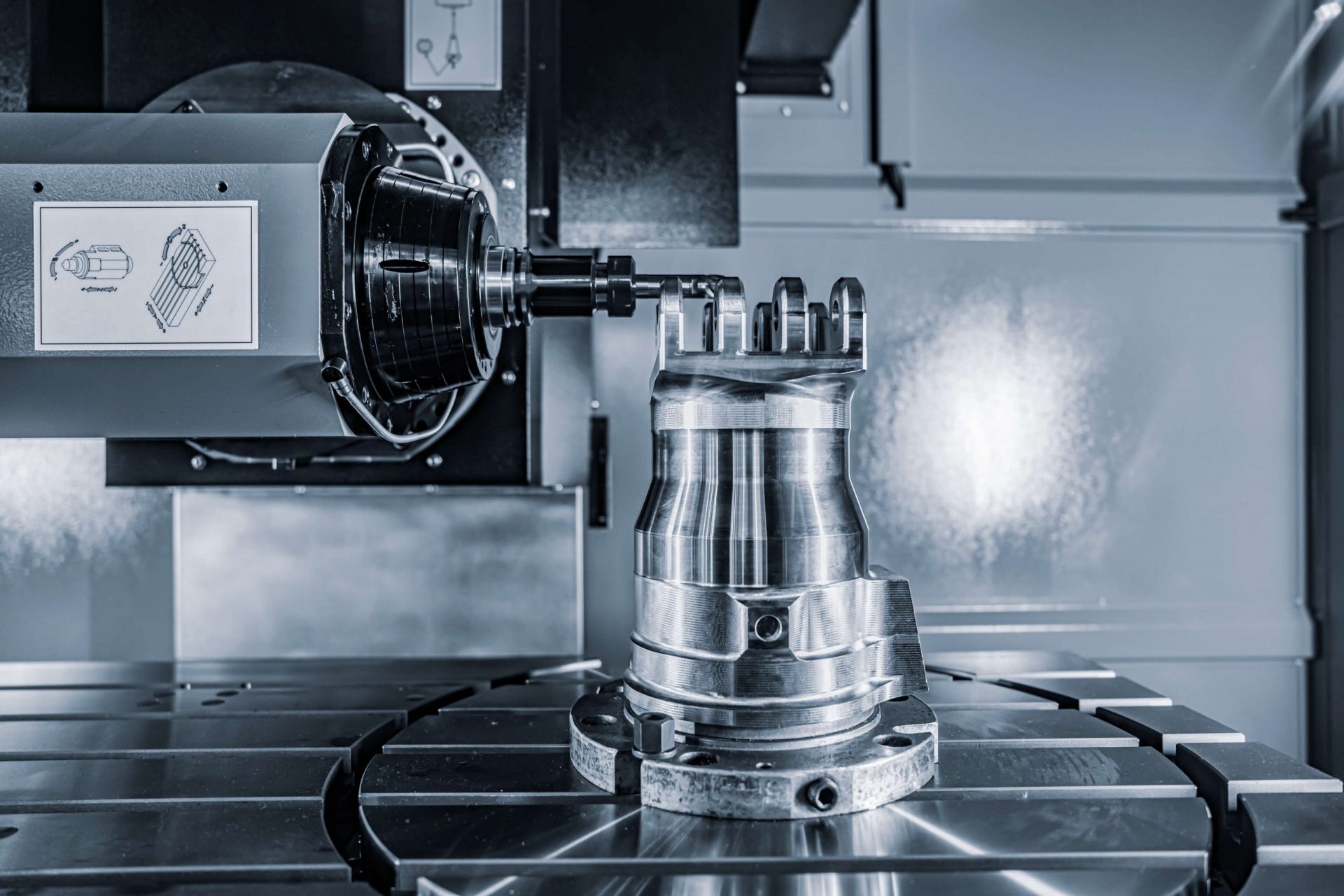In hands-on production, it’s noticeable that identical compact CNC machinery, when operated by varying personnel over similar durations, results in significantly different output efficiencies. The performance potential of many CNC lathes isn’t entirely harnessed. To maximize the machine’s production capability, it’s essential to account for all factors impacting the machine’s efficiency.
To bolster the productivity of CNC lathes, it’s crucial to deeply examine the components being processed by the lathe, gaining clarity on specifications like material, design intricacies, tolerance criteria, surface finish expectations, and any requisite heat treatments. Armed with this understanding, one can then select an optimal milling methodology and a streamlined processing path.
A single component can be manufactured following several distinct processes. Different methods can lead to varied efficiencies, costs, and precision levels. Hence, while guaranteeing component quality, efforts should be made to elevate production efficiency, curtail costs, and establish a logical machining method.
When machining a part using a bespoke CNC lathe, the positioning and setting of the component should aim to harmonize design specifics, procedural data, and computational programming metrics. This synchronization ensures that the machinery’s processing efficacy is fully exploited. It’s advisable to reduce clamping repetitions and, post a singular position and clamping action, process all intended surfaces. This minimizes the need for manual tweaks in the processing sequence due to placeholder adjustments.
Cutting parameters encompass spindle rotation speed, cutting depth, and feed velocity. When deciding on cutting amounts, for preliminary roughing operations, the focus should be on enhancing output. Here, choosing a more significant cutting depth and faster feed might be beneficial. However, for semi-finished and final processes, ensuring machining quality should be paramount while also factoring in efficiency and cost. During non-material cutting phases, the tool’s feed rate should be increased. Precise values can be derived from the machine’s user guide, cutting volume references, and hands-on experience.

